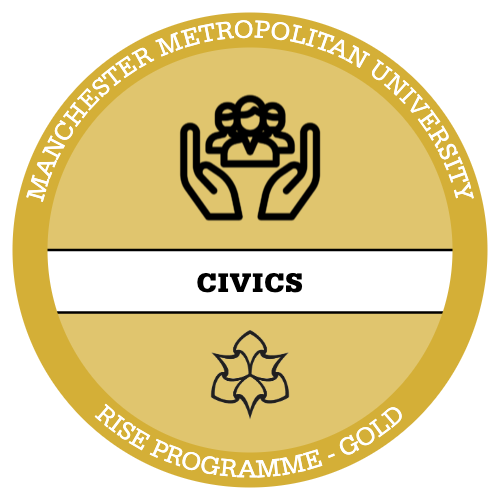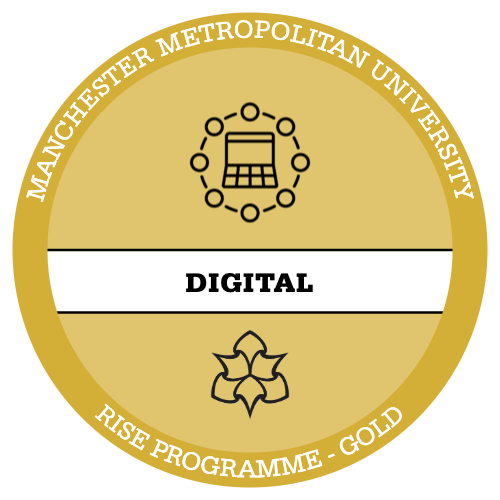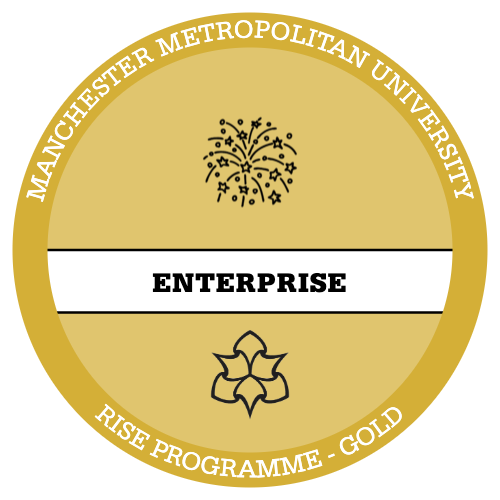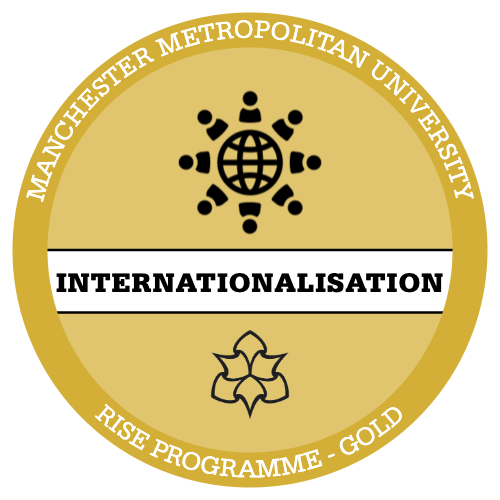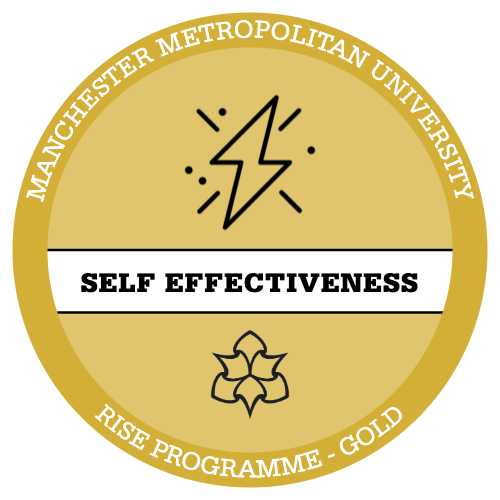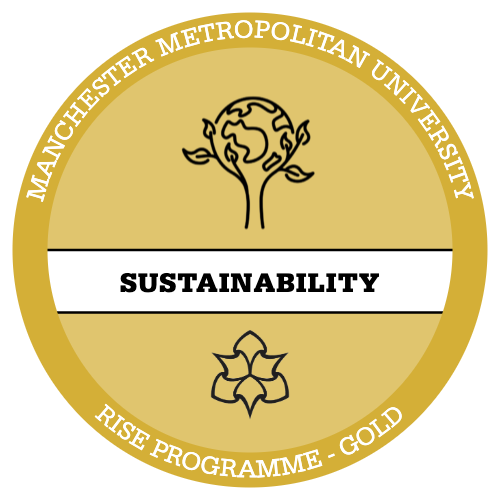Introduce: Task 1
This week, we will focus on the inextricable connection between language and culture. This link exists because language and culture share beliefs, actions and realities. These beliefs are enacted in conversation.
This week, you will identify how language proficiency and culture can impact the social and emotional experiences of EAL speakers.
We will also introduce you to the second of our ‘languages of Greater Manchester’: Arabic.
Assessment Focus 2 – Identifying the problem: barriers and how to overcome them
A language barrier is communication between people who are unable to speak a common language. This may be because they share no similar language, or very little.
Imagine someone who only speaks French trying to communicate to someone who only speaks Japanese; there is a clear language barrier here. However, we should also consider people with different dialects; people can technically speak the same language still experience gaps in communication due to dialectical differences. There are, of course, a range of examples on this scale.
No shared language <———————————–>Shared first language with dialectical differences.
Consider this example:
A native English speaker communicating with someone with less English language proficiency.
Definitions:
Native speaker: Someone who has spoken the language from early childhood.
Proficiency: the ability of an individual to use language with a level of accuracy that transfers meaning in production and comprehension.

Apply Your Thinking:
Barriers in communication
Reflecting on the example provided above answer the question in the answer template provided.

